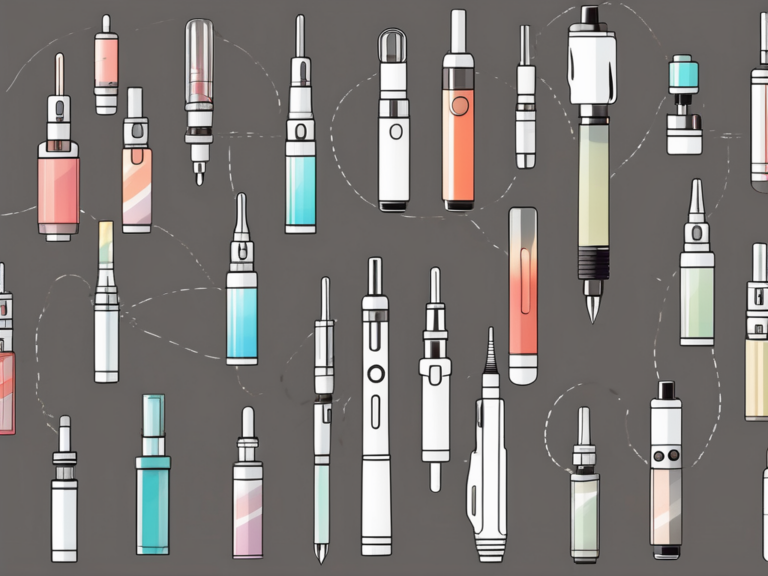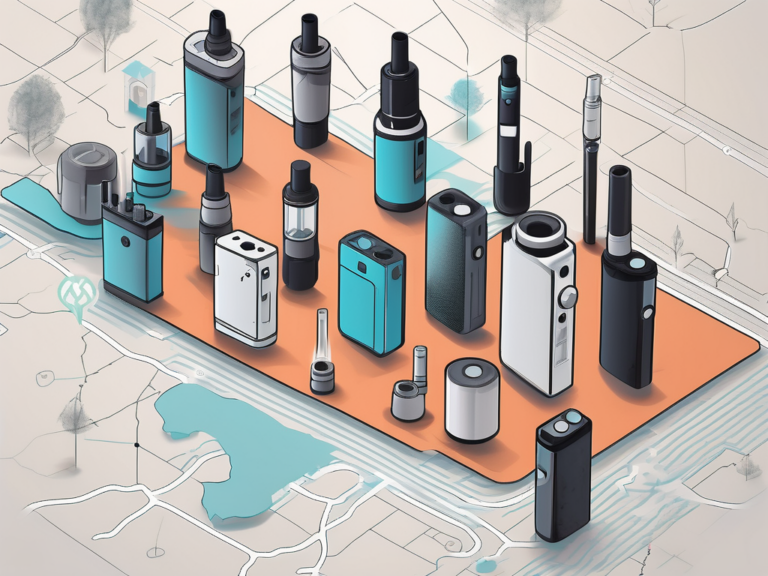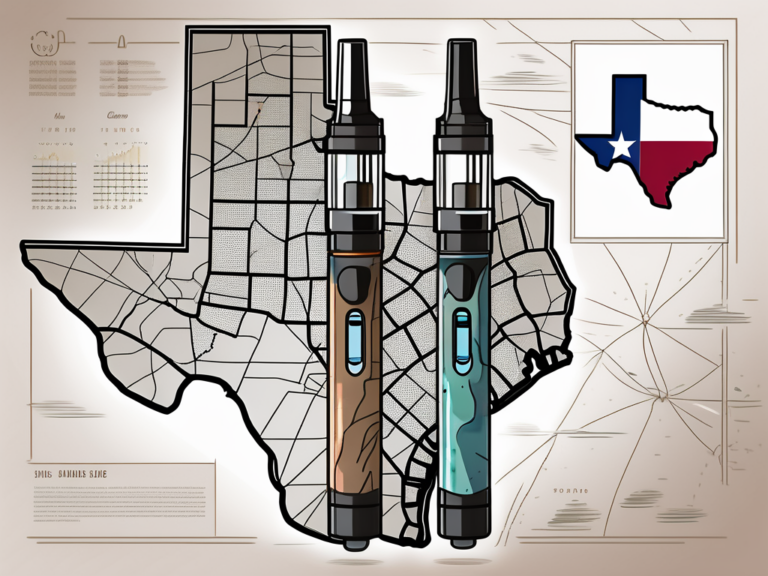what happens if a 12 year old vapes
As an experienced article writer, I understand the importance of providing accurate and informative content to my readers. In this article, we will discuss the potential consequences of vaping for a 12-year-old. It is crucial to keep in mind that I am not a medical professional, and this article should not be construed as medical advice. Let’s delve into the world of vaping and its impact on young individuals.
Understanding Vaping and E-Cigarettes
Vaping has gained significant popularity in recent years, especially among teenagers. E-cigarettes are battery-operated devices that heat a liquid containing nicotine, flavorings, and other chemicals, turning it into an aerosol that users inhale. It is important to recognize that vaping is not without risks and may have detrimental effects on the health and development of young individuals.
Despite the sleek and modern appeal of vaping devices, it is crucial to understand the potential health implications associated with their usage. The rise in popularity of vaping among teenagers has raised concerns among health professionals and policymakers alike, prompting further research and regulation in this rapidly evolving landscape.
The Basics of Vaping
Vaping entails inhaling and exhaling vapor produced by the e-cigarette. The device typically consists of a mouthpiece, a cartridge or tank containing the e-liquid, a heating element, and a battery. When the user activates the device, the heating element vaporizes the e-liquid, which is then inhaled.
It is essential to note that the act of vaping mimics smoking behavior, which can potentially normalize tobacco use and lead to nicotine addiction among young users. The discreet nature of vaping devices also poses challenges for enforcement of age restrictions and monitoring of usage in public spaces.
Components of E-Cigarettes
E-cigarettes contain various components and chemicals, including nicotine, flavorings, propylene glycol, and glycerin. While nicotine is highly addictive and can have adverse effects on young individuals, the long-term impact of other components remains a topic of ongoing research.
Propylene glycol and glycerin, commonly used as solvents in e-liquids, have been deemed safe for ingestion by the FDA. However, the effects of inhaling these substances into the lungs through vaping are still being studied to determine any potential risks or health consequences associated with their long-term use.
The Legal Age for Vaping
Before discussing the consequences of underage vaping, let’s take a look at the laws and regulations surrounding vaping among youngsters.
Vaping, a popular alternative to traditional smoking, has sparked debates worldwide regarding its impact on public health, especially among the youth. The legal age for vaping varies between countries and regions, with some nations setting the age at 18 while others require individuals to be 21 before they can legally purchase vaping products. These regulations aim to protect minors from the potential harms associated with nicotine consumption and the use of electronic cigarettes.
Laws and Regulations Around Vaping
The legal age for vaping varies between countries and regions. Many countries have implemented strict regulations to prohibit the sale and distribution of e-cigarettes to individuals under a certain age. However, enforcement of these regulations and the accessibility of vaping products remain concerns.
In addition to age restrictions, some jurisdictions have imposed limits on where vaping is permitted, such as banning it in public places or near schools. These measures are designed to prevent the normalization of vaping among young people and reduce exposure to secondhand vapor.
Consequences of Underage Vaping
Vaping at a young age can have severe implications for several aspects of a child’s life. It not only poses health risks but also affects their overall well-being and development.
Health Risks Associated with Vaping
Vaping has been linked to various health issues, both in the short and long term. It is vital to understand these risks to comprehend the potential harm it can cause to young individuals.
One significant health risk associated with vaping is the potential for the development of popcorn lung, also known as bronchiolitis obliterans. This condition is characterized by the scarring and narrowing of the airways in the lungs, leading to severe respiratory symptoms such as coughing, wheezing, and shortness of breath. The inhalation of certain flavoring chemicals, such as diacetyl, commonly found in e-liquids, has been linked to the development of popcorn lung.
Short-term Effects of Vaping
The short-term effects of vaping can include lung irritation, breathing difficulties, coughing, and increased heart rate. Furthermore, some individuals may experience nicotine addiction or dependence, leading to potential cravings and withdrawal symptoms.
In addition to the physical health effects, vaping can also have detrimental impacts on mental health. Studies have shown that adolescents who vape may be at a higher risk of developing anxiety and depression. The addictive nature of nicotine, combined with the social pressures and misconceptions surrounding vaping, can contribute to increased levels of stress and mental health disorders among young individuals.
Long-term Effects of Vaping
Although long-term studies are still ongoing, evidence suggests that vaping may contribute to lung damage, respiratory issues, and an increased risk of heart disease. The inhalation of harmful chemicals found in vaping products can have serious implications for the health of young individuals as they continue to develop.
Furthermore, emerging research indicates that vaping can have negative effects on oral health. The aerosols produced by e-cigarettes can lead to dry mouth, inflammation of the gums, and an increased risk of oral infections. Prolonged exposure to these aerosols can also damage the cells in the mouth, potentially leading to oral cancer in the long run.
The Impact of Vaping on Adolescent Development
Adolescence is a crucial phase of development, both physically and mentally. It is essential to emphasize how vaping can affect this delicate period of an individual’s life.
During adolescence, the brain undergoes significant changes as it continues to develop and mature. The introduction of nicotine through vaping can have profound effects on this process. Nicotine, a highly addictive substance found in e-cigarettes, can alter the way the brain functions, particularly in areas related to attention, learning, and impulse control. This interference with normal brain development can have long-lasting consequences on cognitive abilities and behavior.
Vaping and Brain Development
Research indicates that the brains of young individuals are particularly vulnerable to the effects of nicotine. Nicotine exposure during adolescence can disrupt brain development and lead to cognitive impairments and increased risk of addiction.
Furthermore, the adolescent brain is still forming crucial connections between neurons, a process known as synaptic pruning. Nicotine can interfere with this process, potentially leading to disruptions in communication between brain cells. These disruptions can impact various functions, including mood regulation and decision-making, which are essential for healthy adolescent development.
Vaping and Physical Health
Besides its impact on the brain, vaping can also have detrimental effects on physical health. The inhalation of harmful chemicals and toxins present in e-cigarette aerosols can damage the lungs and compromise respiratory function, potentially leading to long-term health issues.
In addition to the direct harm caused by the chemicals in e-cigarettes, vaping can also serve as a gateway to traditional cigarette smoking. Studies have shown that adolescents who vape are more likely to transition to smoking conventional cigarettes, further increasing their risk of developing serious health conditions. This dual exposure to harmful substances can have compounding effects on both physical health and overall well-being.
How to Prevent Underage Vaping
Addressing the issue of underage vaping requires a comprehensive approach involving various stakeholders, including parents, schools, and communities.
When it comes to preventing underage vaping, it is essential to recognize the importance of early education and intervention. By starting conversations about the dangers of vaping at a young age, parents can help instill a sense of awareness and understanding in their children. Providing factual information about the harmful effects of vaping on physical health and brain development can empower young individuals to make informed decisions and resist peer pressure.
Role of Parents in Preventing Vaping
Parents play a crucial role in educating their children about the risks associated with vaping and setting a healthy example. Open communication, understanding, and support are key in guiding young individuals away from engaging in this dangerous habit.
Furthermore, parents can actively engage with their children by participating in activities together that promote a healthy lifestyle. Encouraging sports, hobbies, and other interests can help divert attention away from vaping and create a strong bond between parents and their children based on shared experiences and values.
School and Community Efforts to Curb Vaping
Schools and communities can implement educational programs and awareness campaigns to inform students about the risks of vaping. Additionally, enforcing regulations and providing resources for cessation can contribute to reducing the prevalence of underage vaping.
Collaboration between schools, local authorities, and healthcare professionals is vital in creating a supportive environment that discourages vaping among young individuals. By organizing workshops, seminars, and peer support groups, communities can foster a sense of belonging and empowerment among adolescents, steering them away from harmful behaviors like vaping.
In conclusion, it is crucial to recognize the potential consequences of vaping for a 12-year-old or any young individual. The health risks associated with vaping, as well as its impact on adolescent development, highlight the need for preventative measures and education. By understanding the dangers and working together, we can strive to create a healthier and safer environment for our young population.






